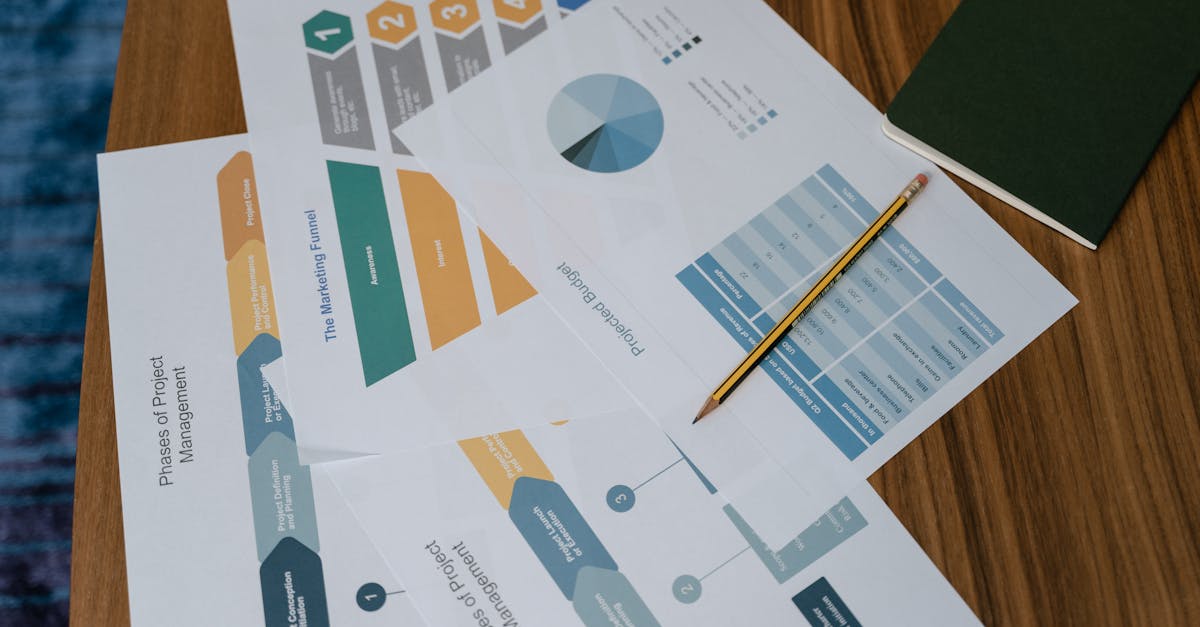
Introduction
Regulatory complexity, hybrid teams, and faster audit cycles are amplifying the cost of slow approvals, inconsistent policies, and missing acknowledgements. HR leaders need a repeatable approach that reduces risk, accelerates onboarding, and makes compliance visible.
This article shows how to map an end‑to‑end policy lifecycle—create, approve, distribute, acknowledge and retire—while applying a clear, role‑based governance model and workflow templates that adapt across jurisdictions. By combining modern policy management platforms with document automation, conditional routing and SLA‑driven reminders, you’ll cut cycle times, enforce segregation of duties, and turn policy compliance into measurable KPIs. Read on for practical templates, governance patterns and tracking practices you can implement today.
Mapping the end‑to‑end policy lifecycle for HR teams: create, approve, distribute, acknowledge and retire
What is policy management? Policy management is the structured process HR teams use to create, approve, publish, track, and retire policies so staff understand expectations and the company meets compliance obligations.
Create
Start with a clear policy framework and a template library. Drafts should reference the policy’s purpose, scope, owner, effective date and links to related documents (for example, employee agreements or privacy statements).
- Use standard templates to speed work and ensure consistency.
- Capture version metadata (author, date, change summary).
Approve
Define approval gates — legal, HR, and business owner sign‑offs. Formalize review windows so approvals don’t stall operations.
Distribute
Publish via your policy management software or intranet and deliver targeted distributions (by role, location, or business unit). For onboarding items, link policies to offer and employment paperwork such as your job offer and employment agreement: https://formtify.app/set/job-offer-letter-74g61 and https://formtify.app/set/employment-agreement-mdok9.
Acknowledge
Require digital acknowledgement for critical policies. Tie acknowledgements to HR systems so completion is visible on the employee record.
Retire
Mark policies as superseded or archived with retention metadata. Schedule reviews and trigger retirement when a policy is replaced or legal obligations change.
Using a policy management system to automate these steps — the policy lifecycle management approach — reduces manual work and improves auditability.
Role‑based governance model: authors, owners, reviewers, approvers and auditors
Clear role definitions are essential to good governance, risk and compliance (GRC). A role‑based model assigns responsibilities and enforces segregation of duties.
Key roles and responsibilities
- Author: Drafts content and links to related documents (e.g., information security policy or employment contracts).
- Owner: Maintains the policy, schedules reviews, and is accountable for compliance.
- Reviewer: Subject matter experts who validate accuracy and practicality.
- Approver: Final signatory (often HR lead, legal or senior management).
- Auditor: Verifies that the process was followed and evidence is retained for audits.
Map these roles into your policy management software so permissions, approvals, and audit trails are enforced automatically. This is especially important for IT policy management and risk management policy where technical controls must align with document controls.
Policy workflow templates and conditional routing for multi‑jurisdictional organizations
For organizations operating across jurisdictions, workflows must adapt to location, local law and contract type. Templates plus conditional routing let you scale without re‑building processes.
Template best practices
- Create modular clauses for local legal variations.
- Maintain a central policy framework with localized annexes.
Conditional routing
Routes should be based on simple rules: jurisdiction, employee type, contract length, or business unit. For example, policies for data processing may route to local privacy counsel and include your privacy policy link: https://formtify.app/set/privacy-policy-agreement-33nsr.
Leverage policy management software features like rule builders and branching approvals to automate routing. That reduces delays and ensures the right stakeholders review region‑specific content.
Tracking acknowledgements and non‑compliance: automated reminders, escalations and SLA rules
Tracking who has read and accepted a policy is core to compliance management. Manual spreadsheets don’t scale — automation does.
Automated reminders
- Send scheduled reminders to those who haven’t acknowledged within defined windows.
- Include links to the policy PDF or web view and an audit trail of timestamps.
Escalations and SLA rules
- Define SLAs for acknowledgement (e.g., 7 days for safety policies, 14 days for HR updates).
- Escalate to managers if deadlines are missed; escalate further after repeated non‑compliance.
Capture exceptions and remediation steps in the system so auditors can trace follow‑up. Use policy management best practices: automated notifications, escalation chains, and a single source of truth to reduce risk and support policy management compliance.
Metrics and KPIs every HR leader should measure for policy adoption and compliance
Track a focused set of KPIs to understand adoption, identify gaps, and demonstrate compliance to auditors and executives.
- Acknowledgement rate: % of targeted employees who have signed within SLA. (Completed / Targeted × 100)
- Time to acknowledge: Median days between publish and acknowledgement.
- Policy review cycle time: Time from review trigger to approval.
- Exception rate: % of employees granted exceptions or on remediation plans.
- Overdue acknowledgements: Count and trend of breaches past SLA.
- Policy coverage: % of required roles/business units mapped to current policies.
Use dashboards in your policy management software or policy management system to visualize trends, filter by jurisdiction, and export to PDF for board reporting (policy management pdf). These metrics feed into your governance, risk and compliance program and help prioritize remediation.
Template pack: ready‑to‑use HR policy and employee agreement sets to speed implementation
Start with a curated template pack to accelerate rollout. Pre‑built documents reduce drafting time and help maintain a consistent policy framework.
Suggested templates
- Employment agreement — customizable core contract: https://formtify.app/set/employment-agreement-mdok9
- Job offer letter — offer language and contingencies: https://formtify.app/set/job-offer-letter-74g61
- Termination of employment letter — fair and compliant termination wording: https://formtify.app/set/termination-of-employment-letter-eyvtl
- Privacy policy — employee data handling and consent clauses: https://formtify.app/set/privacy-policy-agreement-33nsr
Tips for use:
- Customize jurisdictional sections and store localized versions in your policy management software.
- Publish templates alongside policy statements so HR teams use consistent contractual language.
- Export final documents as PDFs and retain them in the system for auditability (policy management system, policy automation).
Using these templates with a formal policy lifecycle and governance model will noticeably reduce time to compliance and strengthen corporate governance.
Summary
Mapping an end‑to‑end policy lifecycle—create, approve, distribute, acknowledge and retire—paired with a clear role‑based governance model and reusable workflow templates gives HR teams a repeatable, auditable way to reduce cycle times and enforce segregation of duties in policy management. Document automation, conditional routing and SLA‑driven reminders cut manual handoffs, surface acknowledgement data on employee records, and make compliance measurable for both HR and legal. Use modular templates and localized annexes to scale across jurisdictions, track adoption with focused KPIs, and keep a single source of truth for audits. Ready to streamline your policies and accelerate compliance? Explore templates and tools at https://formtify.app.
FAQs
What is policy management?
Policy management is the structured process HR uses to create, review, approve, publish, track and retire policies so employees understand expectations and the organization meets its legal obligations. It includes version control, role assignments and audit trails to demonstrate compliance. In practice it ties documents to employee records and reporting dashboards for visibility.
Why is policy management important?
Good policy management reduces legal and operational risk by ensuring consistent rules, timely reviews and proof of acknowledgement. It speeds onboarding and changes by providing standard templates and automated workflows, and it simplifies audits by keeping evidence and metadata in one place.
How do you implement a policy management system?
Begin by mapping your policy lifecycle and defining clear roles (authors, owners, reviewers, approvers, auditors). Choose a system that supports templates, conditional routing and acknowledgement tracking, pilot with a few policies, then roll out with training and SLAs. Monitor adoption with KPIs and refine workflows based on feedback.
What are best practices for policy management?
Define role‑based governance, use standard templates with modular local clauses, and automate routing and reminders to enforce segregation of duties. Set SLAs and escalation paths for acknowledgements, keep a single source of truth in your system, and track a small set of KPIs to prioritize remediation. Regularly schedule reviews and retain versioned evidence for audits.
What is the difference between a policy and a procedure?
A policy is a high‑level statement of rules or principles that defines what the organization requires, while a procedure is the step‑by‑step method for how to comply with that policy. Policies set the “why” and ownership; procedures define the “how” and are often linked or annexed to policies for operational teams. Both should be versioned and reviewed on aligned cycles.





